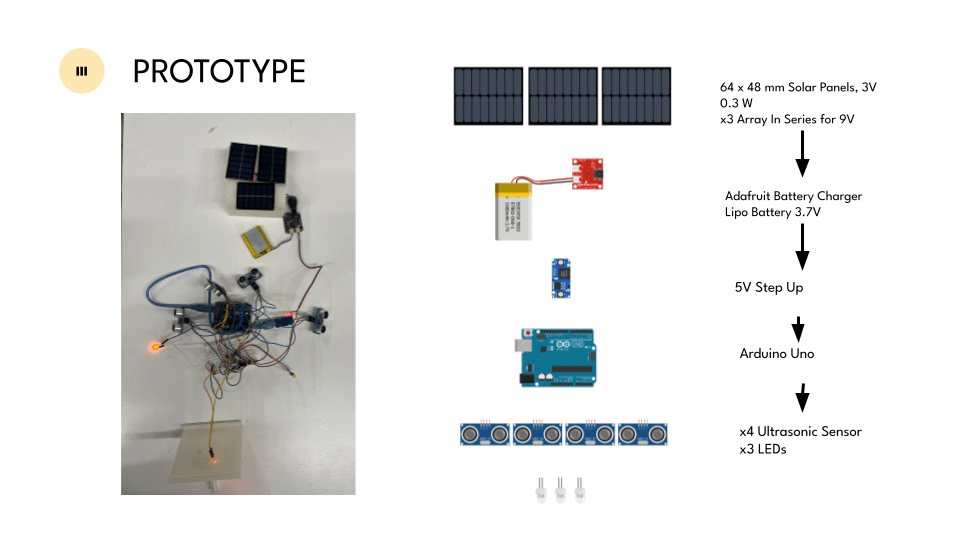Creating Charismatic and Safer Public Spaces through Light
RESEARCH QUESTION: How can experiential lighting features — ones that create interactive, changing, and flexible environments– be used in public spaces in order to create senses of community, safety, and improved mental and emotional health?
HYPOTHESIS: If we integrate interactive lighting solutions as permanent fixtures in public spaces, we will be able to increase senses of community, safety, and increased emotional health.
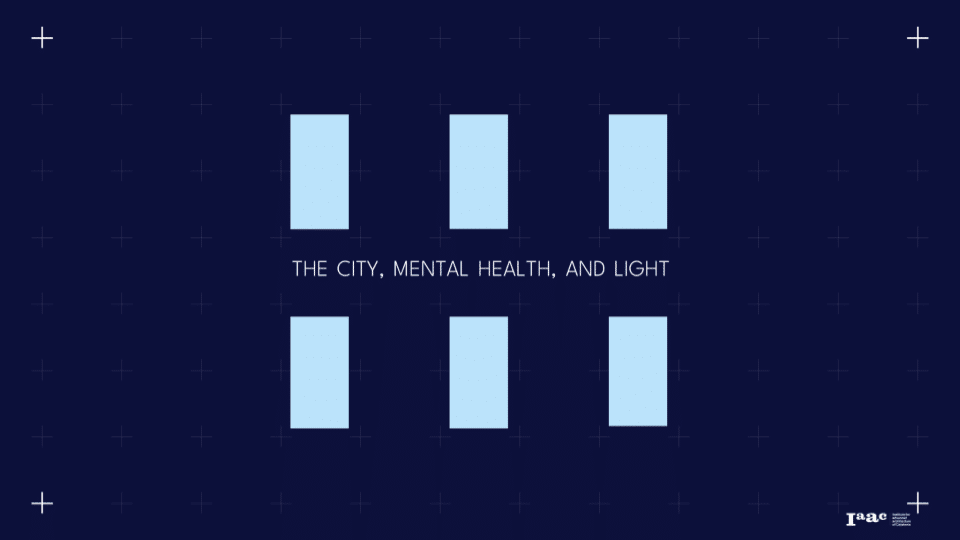
THE URBAN NIGHT CONDITION.
We live half of our lives in the dark. In regions closer to the poles, many people find their entire days to be dark, with only an hour or two of sunlight a day. So why don’t more cities reflect this darkness in their infrastructures?
A considerable amount of modern life takes place after dark.
Many industries operate on 24/7 timespans: 18% of China’s, 19% of the UK’s, 27% of the United State’s working populations operate between 10pm-6am
UK night time economy was estimated to generate 27% of total urban turnover. Sydney generated $2.7bn but only spent $127m on night-time management.
(Hvass, Waltorp and Hansen, 2022)
(Schwendinger et al., 2015)
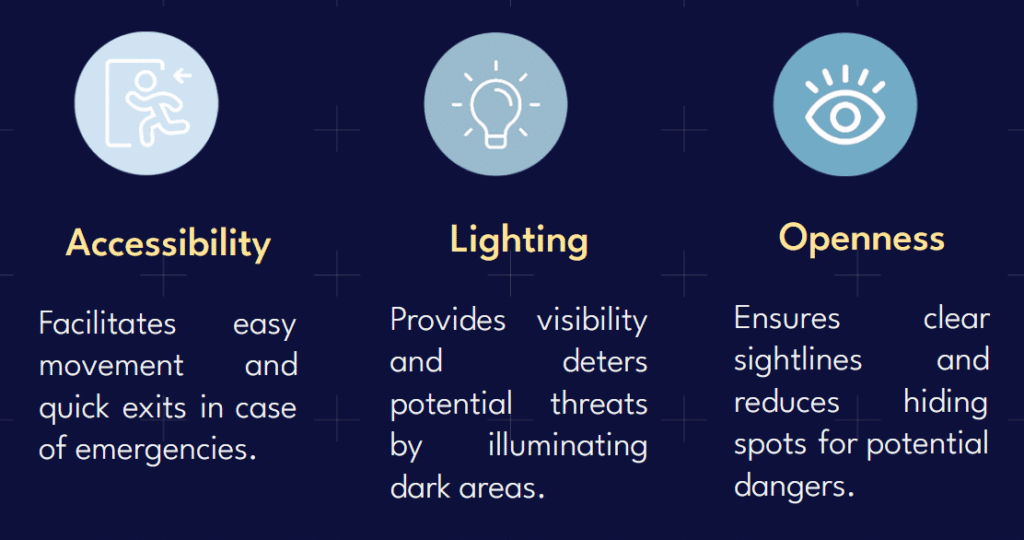
Hoa Yang, an Australian architect conducted a study in Melbourne to find out why night life in the city is struggling.
She found that 33% of all residents feel unsafe at night, and 50% of women feel unsafe.
Especially in regions near the poles, a large portion our lives is spent in the dark. How can we unlock inclusivity and engagement at night?
Barker and Holmes (2022), Evenold (2021), Yang (2024)
Furthermore, Street and Infrastructural Lighting has recently been used for more utilitarian purposes. Designed for automobiles and pedestrians solely as a point of visibility, most lighting does not take account of ecological conditions of both people and the environment around it.
Additionally, Modern Architecture inherently comes from a place of PTSD, stemming from WW1 and WW2. Our entire contemporary landscape is built from a point of dissociation, and thus dissociates everyone else from our environment.
(Sussman, 2023)
A Global Mental Health Crisis.
This factor of our Dissociative Cities leads us, in part, to our global mental health crisis. Exacerbated by COVID-19, our urban environments have become unfriendly to us.
“In the first year of the COVID-19 pandemic, global prevalence of anxiety and depression increased by a massive 25%” (World Health Organization, 2022)
“The range of disorders and deviancies associated with urbanization is enormous. Some of the disorders are severe mental disorders, depression, substance abuse, alcoholism, crime, family disintegration, and alienation. Dementia and major depression are the two leading contributors, accounting, respectively, for one-quarter and one-sixth of all disability adjusted life years (DALYs) in this group” (Srivastava, 2009)
“Sense of belonging, or belongingness, is ‘the human emotional need to be an accepted member of a group to maintain close and safe ties that generate a sense of security, care and affection.’ It is a subjective feeling, based on an individual’s perception of their connection to a chosen group (family, friends, school or work environments, communities, cultural groups, etc.) or physical place. It produces the feeling that ‘one is an integral part of their surrounding systems’ [10]. Furthermore, this SOB is dependent on opportunities for interaction with others [10]”
(Frutos, Pellizzari and Mette Hvass, 2024)
“Beyond moderating sensory load, orchestrating cross-modal sensory cues can shape discrete emotional appraisals. For instance, Thumala’s (2015) work exploring multisensory experiences in civic spaces revealed that baked goods’ olfactory signals combined with dim ambiance and melodic audition elicited feelings of gratification. This exemplifies how nuanced psychosensory choreography cultivates positive social bonds.”
Medhat Assem, Mohamed Khodeir and Fathy (2023)
Lighting – Color and Psychology
Now we look at a main roadblock in the problem – how we light our spaces. Our current lighting systems are very utilitarian – mostly designed to get us from Point A to Point B, with no real room for exploration or comfort. They also look to service cars on our road, not people. How can we look at lighting to be more human friendly?
Colored Light
A study done at Guangdong University of Technology took a curated museum room with black and white photographs and exposed them to different colored light. Students and participants then filled out a questionnaire after each experience.
The study found that yellow light yielded the most positive experiences for the participants, with blue trending towards generally more melancholy experiences. Red light was also very provocative, while creating a warm and rich, but also gloomy experience.
Xie et al. (2022)
Luminance
A study at Vanvitelli University simulated different lighting conditions in a park with a VR headset. They learned that high intensity lighting generally caused people to feel more nervous, while medium to low luminous intensity helped people feel calm and happy.
Consider many of the street lights used in parks and streets. Lately, high luminosity lights are being installed in the name of visibility, but often are restrictive and have negative effects on pedestrians.
Brighter does not mean Safer. In many instances intensely lit environments become unsafe and uncomfortable.
Masullo et al. (2022)
Light Warmth
The same university also looked at light warmth. They used warm orange lighting, white lighting, and cold blue lighting.
In general, the neutral tone lighting achieved the highest scores. The first graph representing “willingness to explore the park at night” with the second graph showing negative emotions
Masullo et al. (2022)
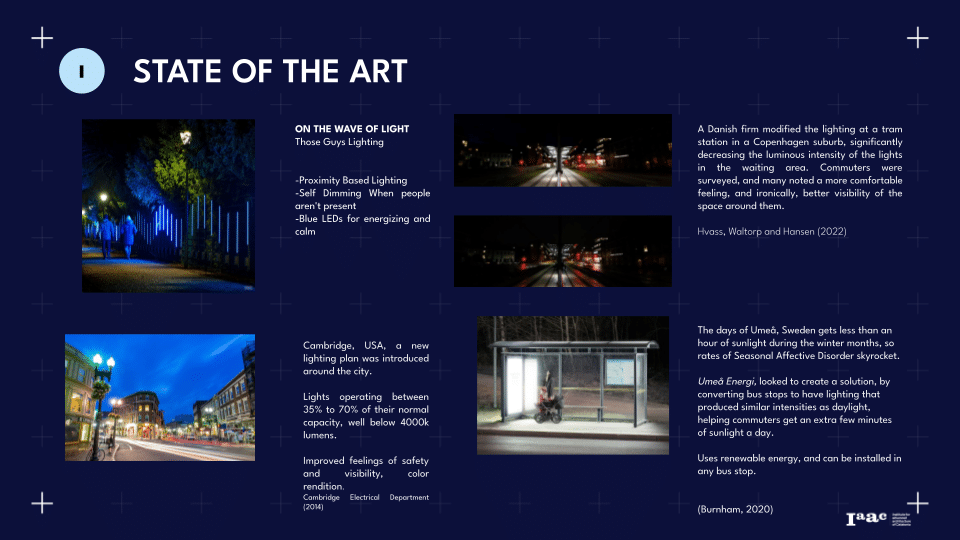
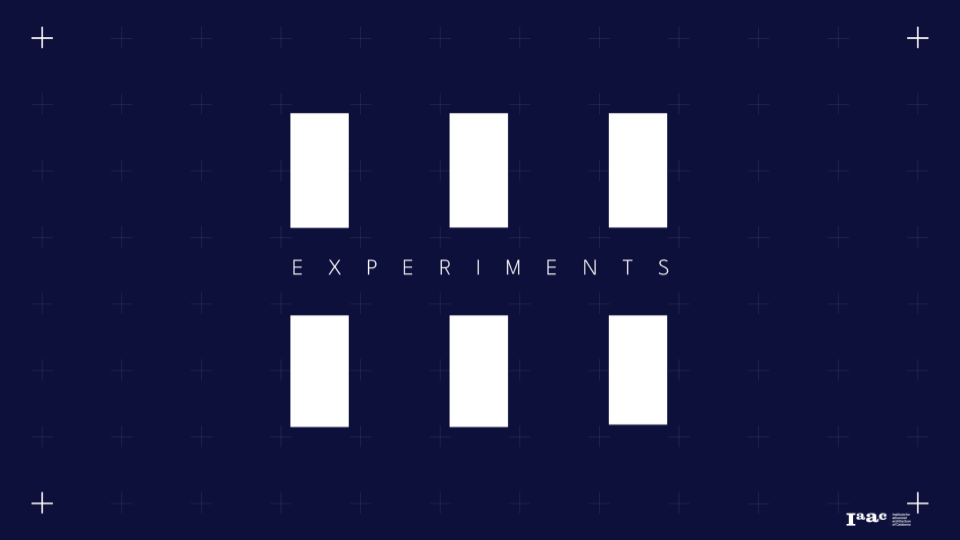
Participants sat in front of a series of colored light. Most were subjected to one light at a time, to ensure that they were being conducted on a neutral state.
The NPG Lite, a portable EEG headset designed by neuroplayground, recorded brain activity.
White, Red, Green, and Blue lights were used.
Each participant was exposed to the light for an average of 5 minutes.
Participants were asked to fill out a survey afterwards to record subjective data.
EEG Data
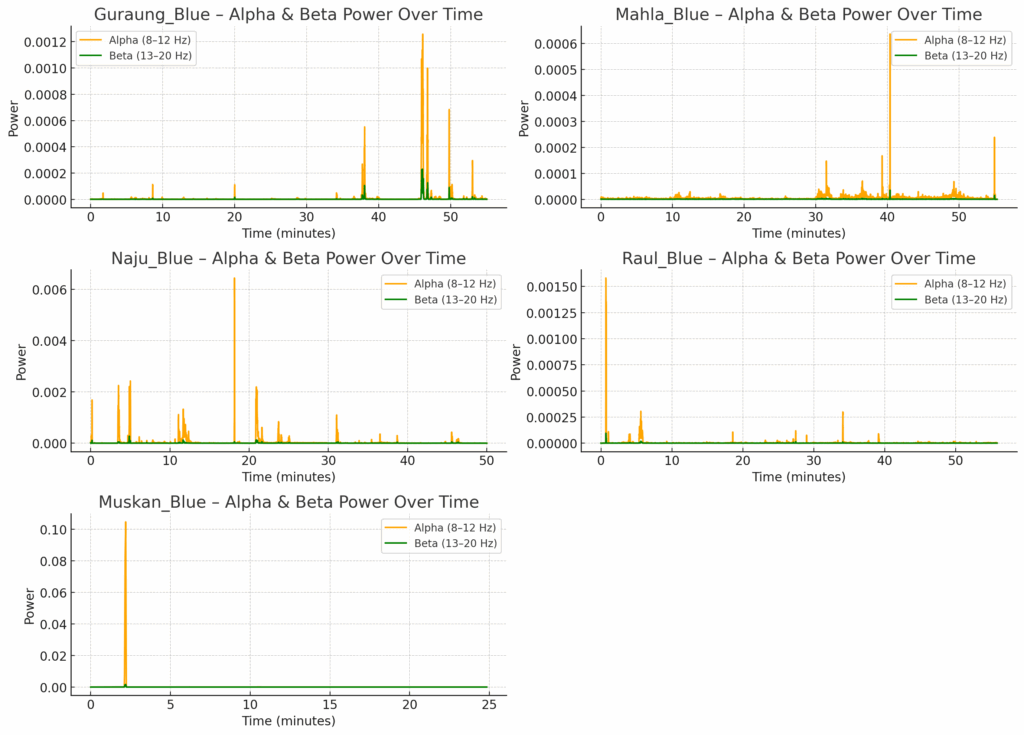
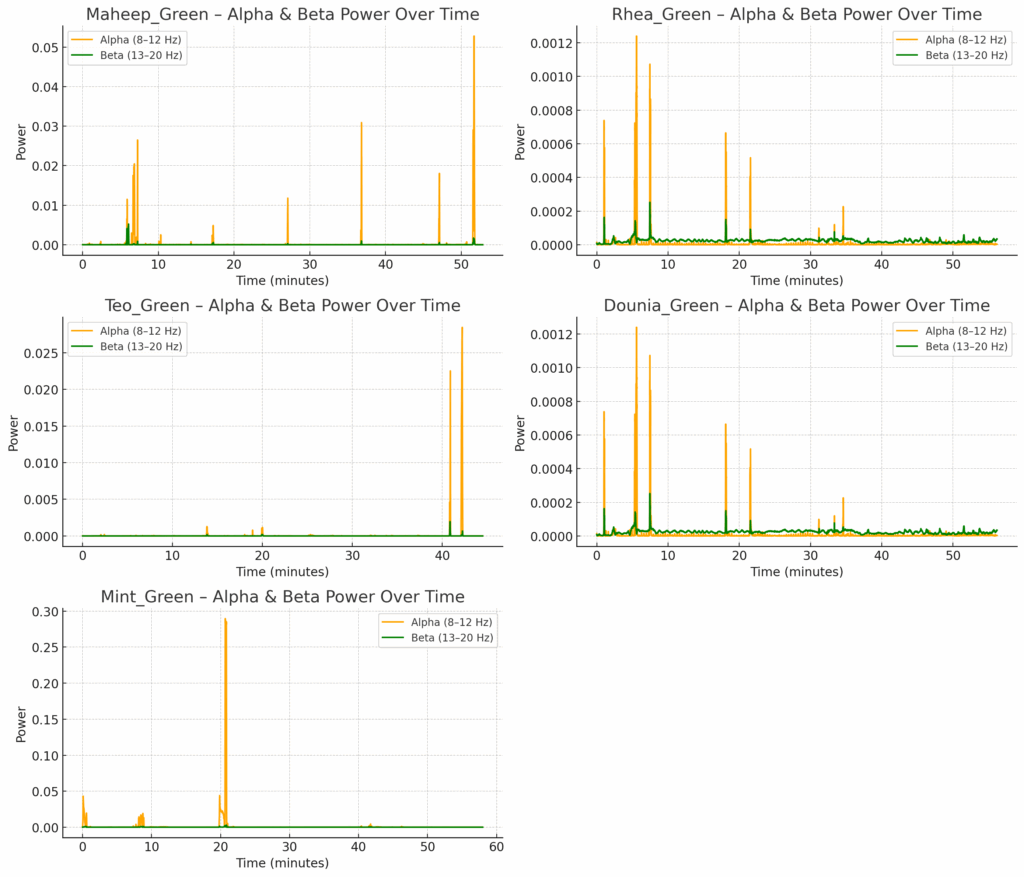
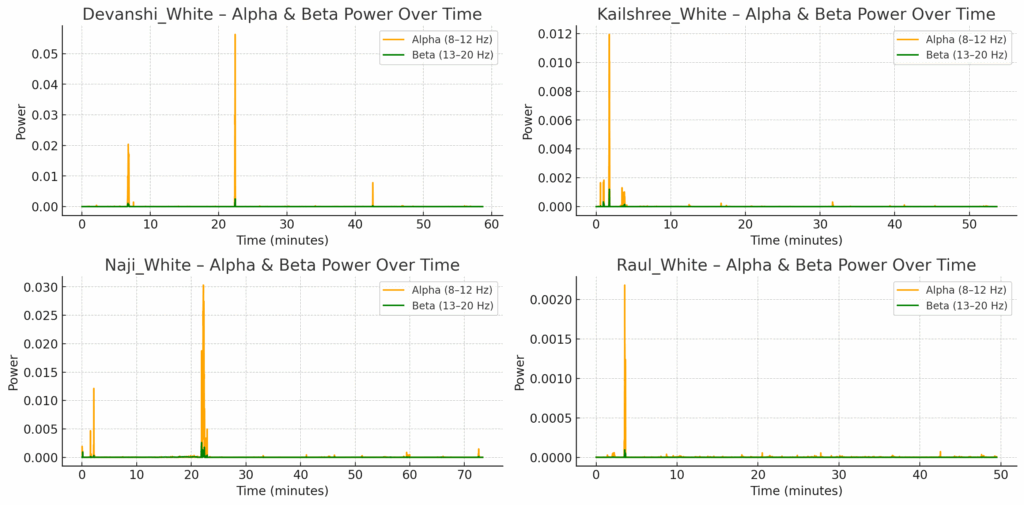
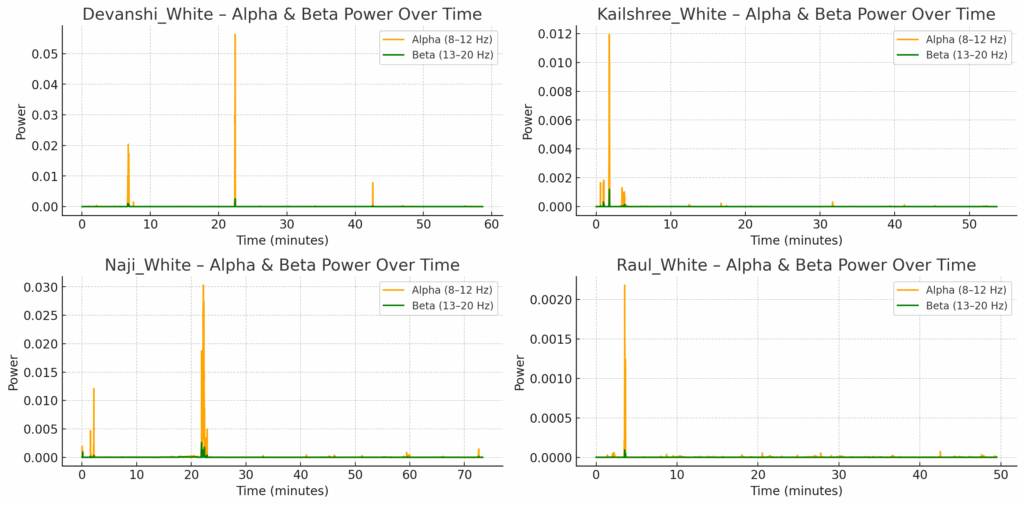
The following graphs note a variety of data regarding the recorded EEG data. The noted Alpha and Beta waves reflect mood changed that can be physically recorded in the data. Many results across the experiments saw an increase in relaxing in the data, particularly Red and Green light.
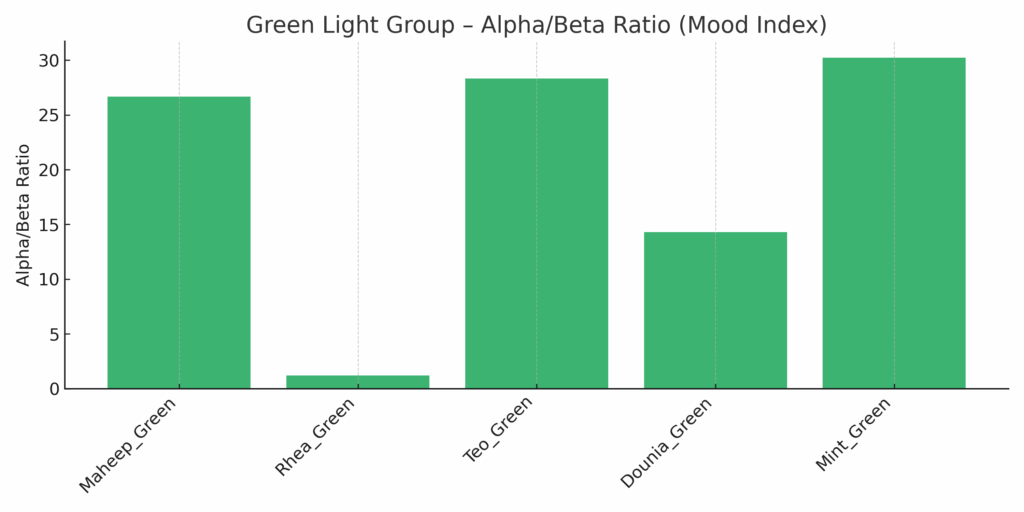
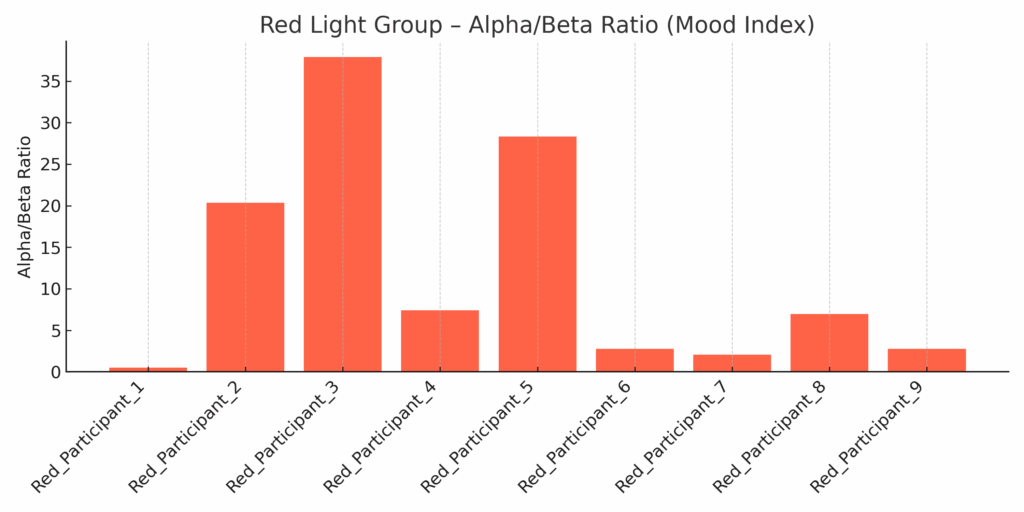
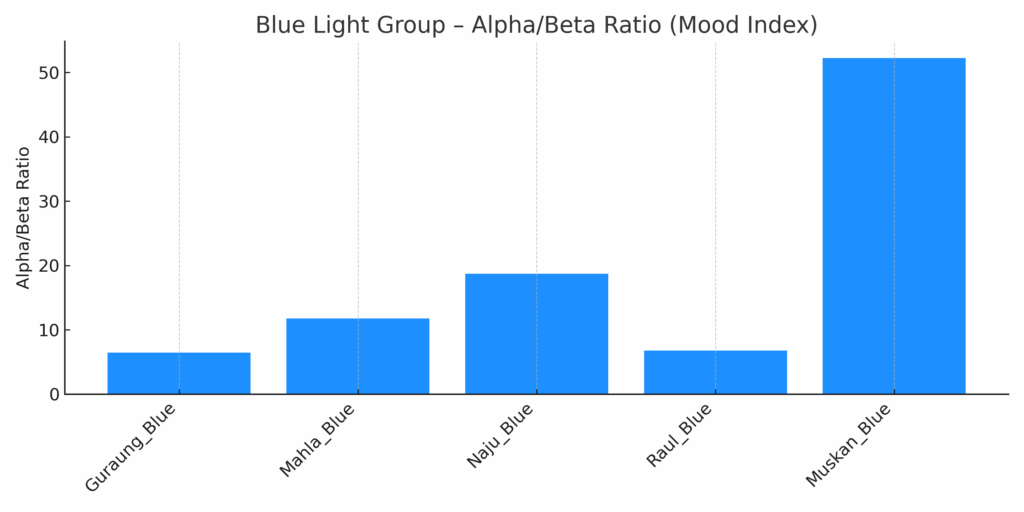
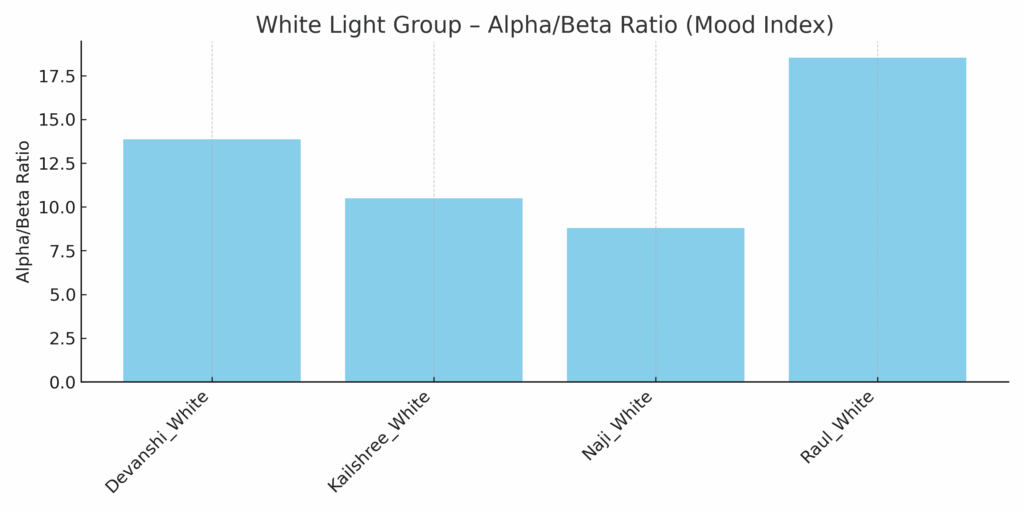
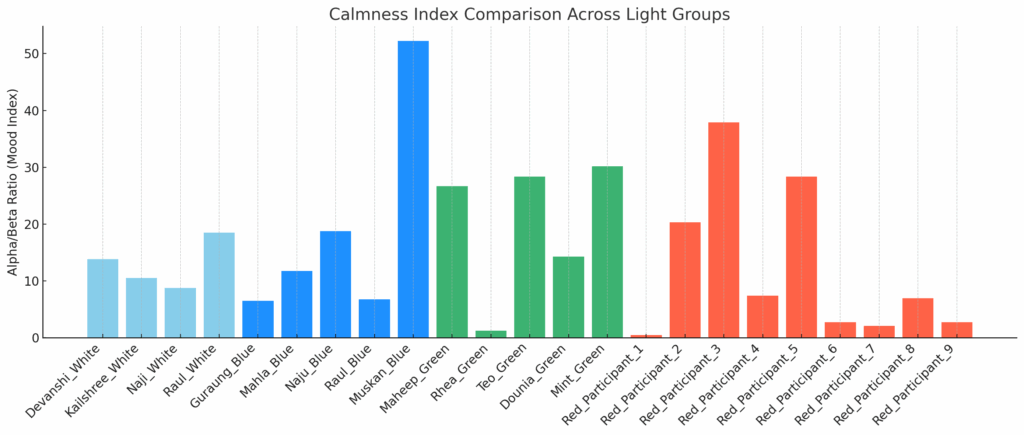
Survey Results
Participants were also asked to fill out a brief survey asking them about their moods before and after the break. An overwhelming majority described themselves as feeling much more relaxed and calm, with over 75% noting an improvement to their mood. However, in regards to motivation and socialization, it was 50-50 on whether people felt improvement in these factors


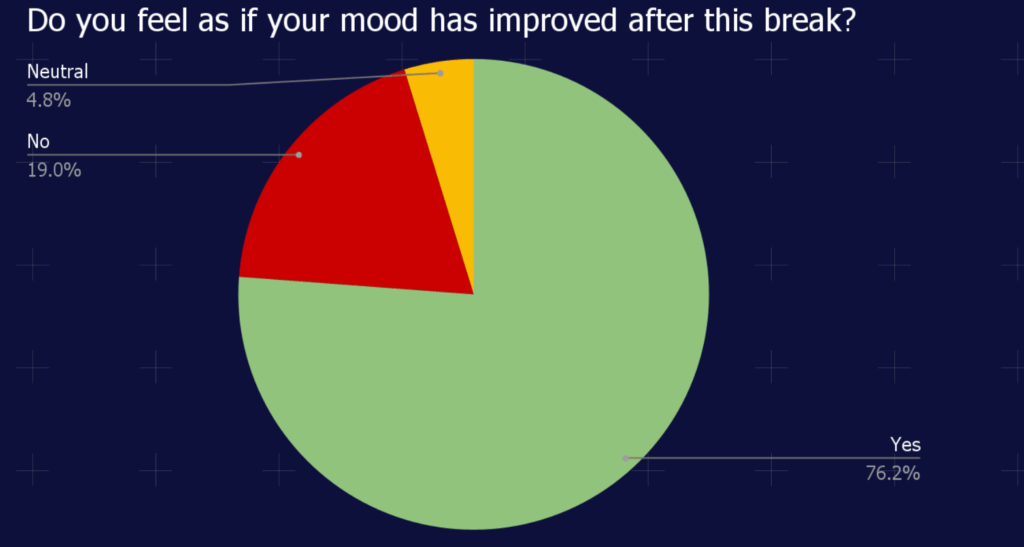
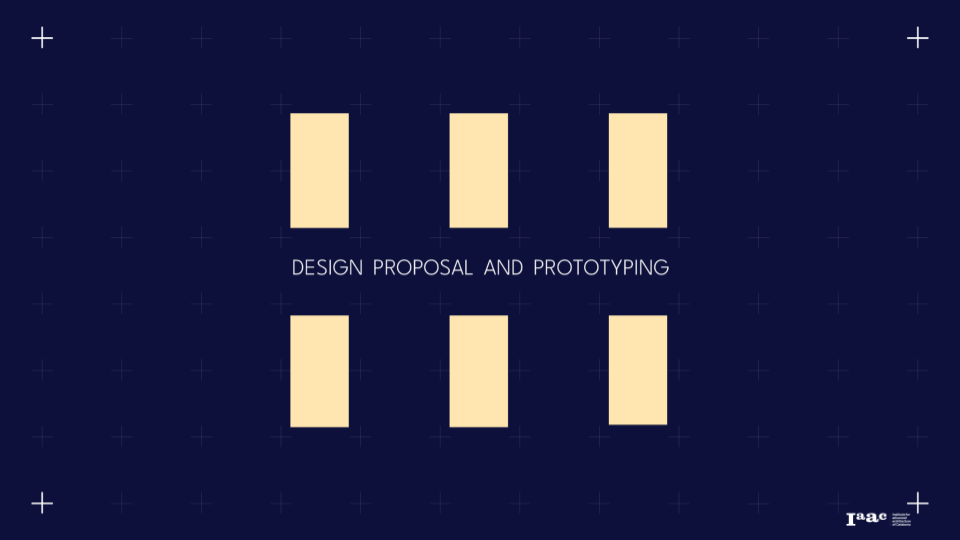
The final stage of this thesis looked to create an intervention on a site. The location of the Arnold Arboretum, located in Boston, Massachusetts, USA was chosen, as it offered a “blank slate”.
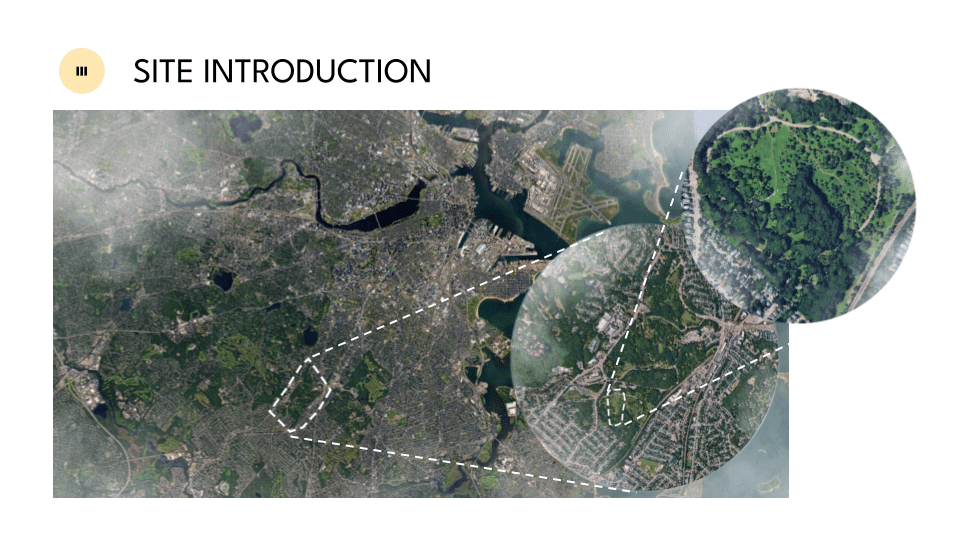
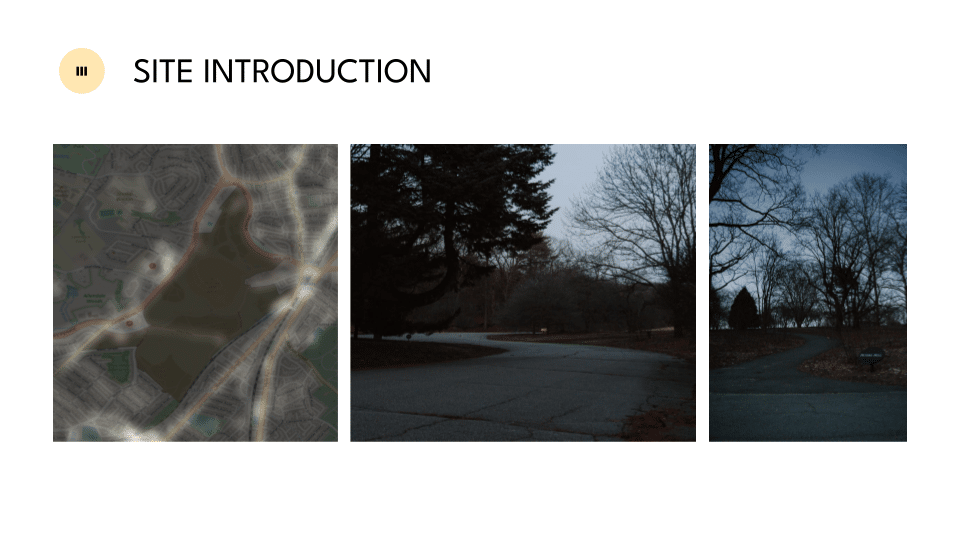
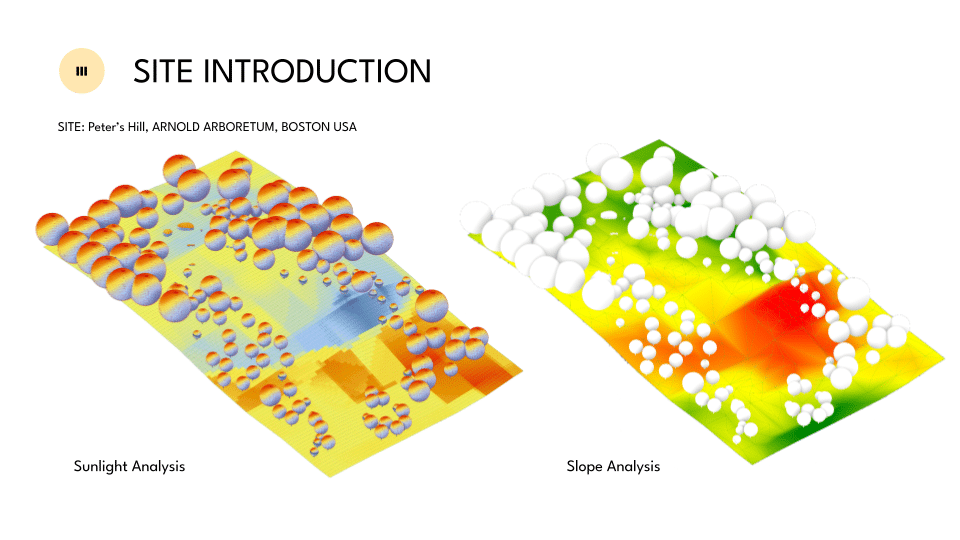
Proximity Light Field.
The intervention introduced a two stage design. The first looks at Proximity Based Light Poles. These lightpoles are arranged into a Light Field. The proximity sensors allows for engagement and exploration of the site, even at night, as the areas people are present in are lit up.
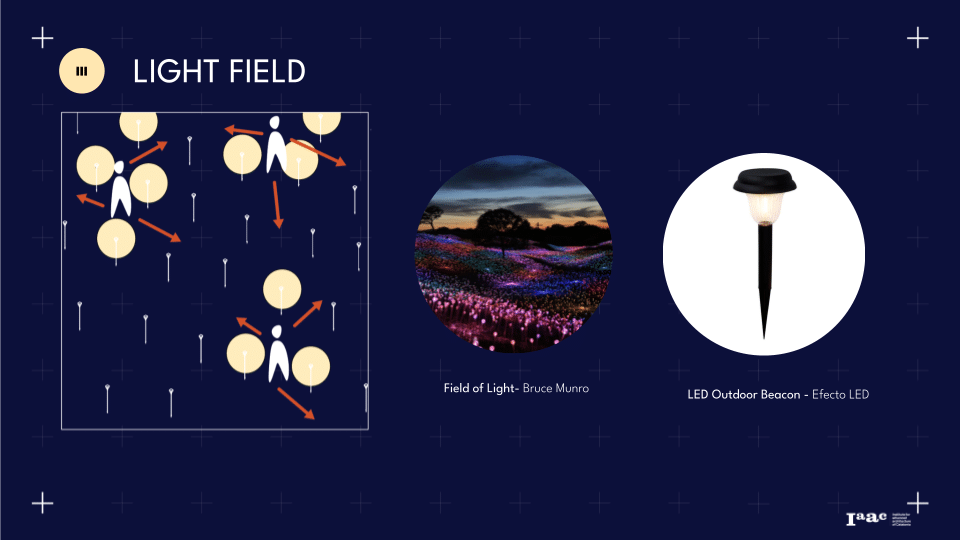
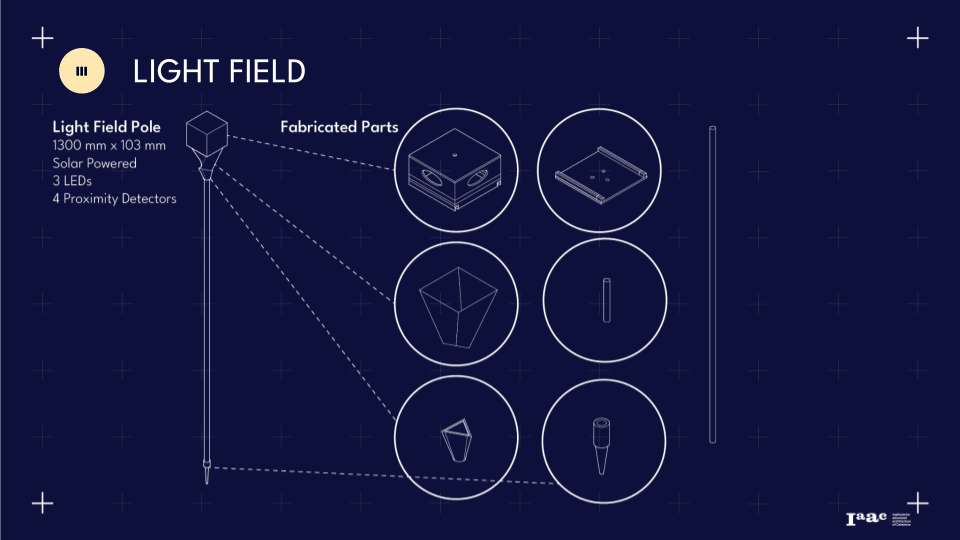
Stone Light Benches
Scattered throughout the Light Field are areas of Stone Light Benches. These benches, appearing stonelike, emit light from within, and can be arranged in groups or solitary settings. Additionally there are a range of sizes that can hold solo seating, or group seating. This allows for a variety of different configurable environments to be created within each space.
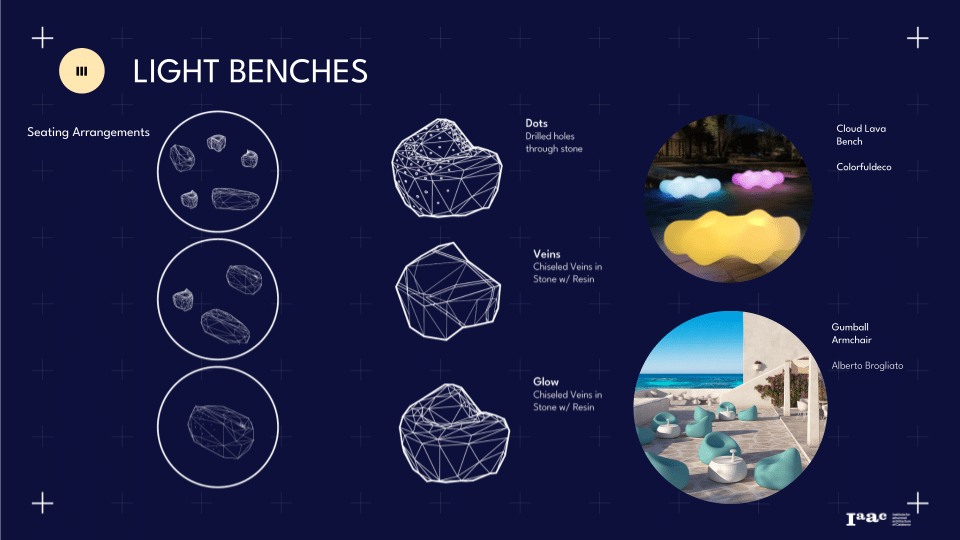
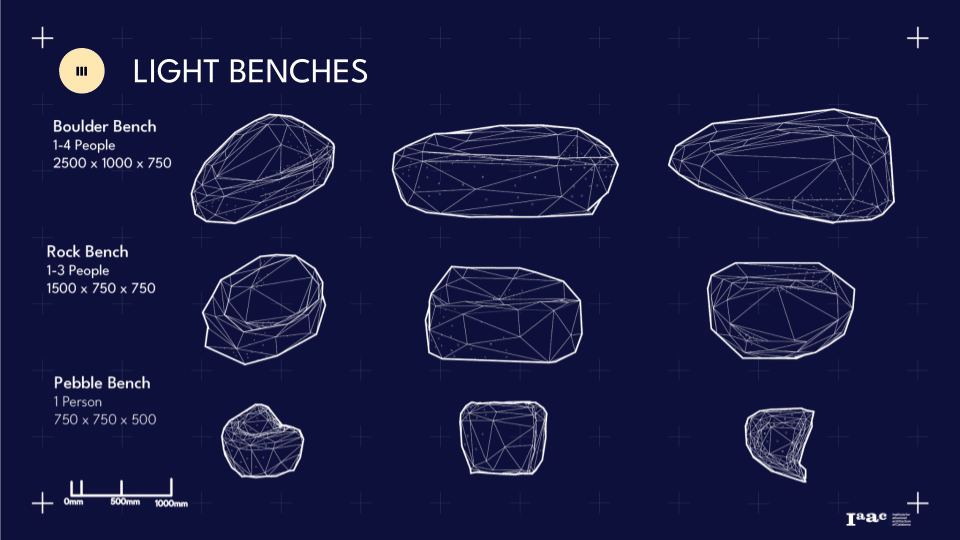
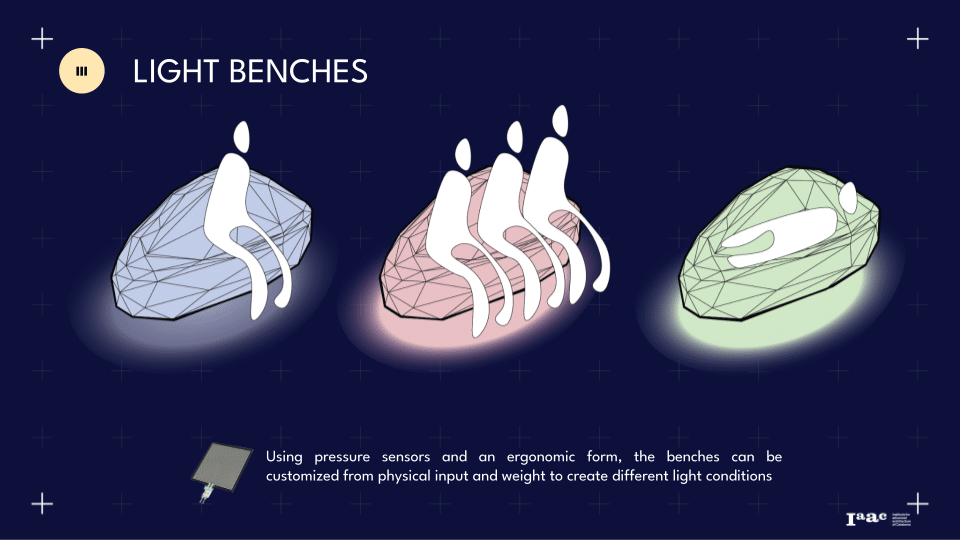
Site Renders
Made with ChatGPT, and Rhino/Photoshop.
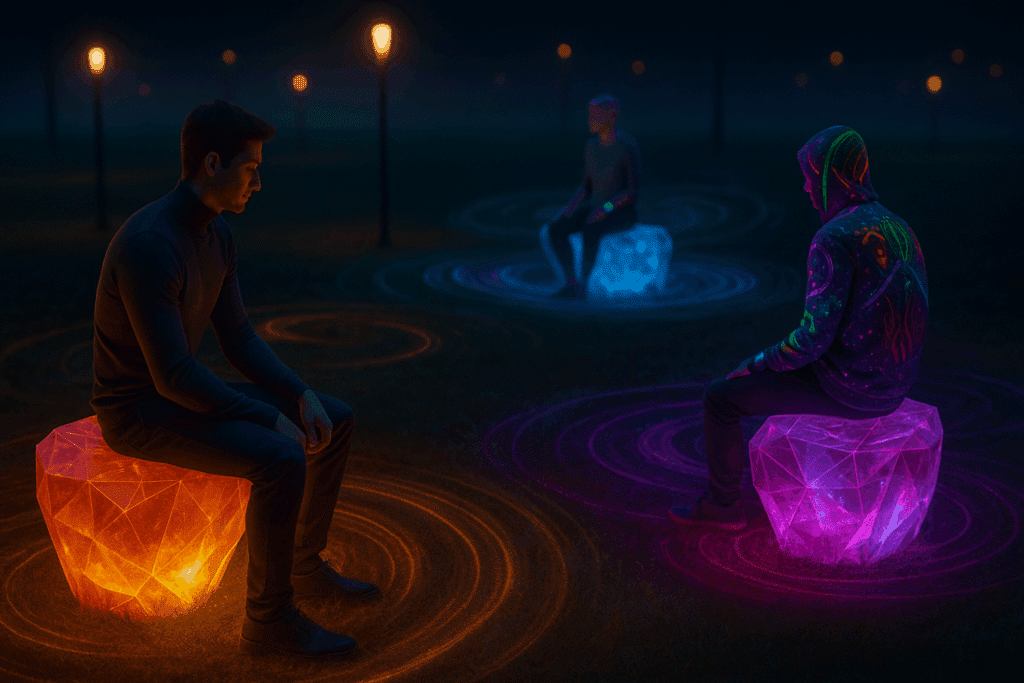
Prototype.
Finally a prototype for the Light Pole was created. Unfortunately it could not be completed due to scaling issues, but an overall feel for the design is established. The circuit was completed with solar power, increasing the sustainable actions possible in creating dynamic spaces.
